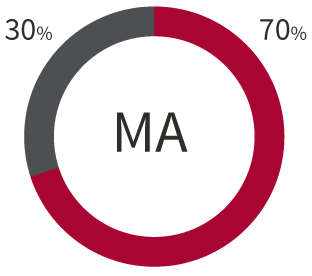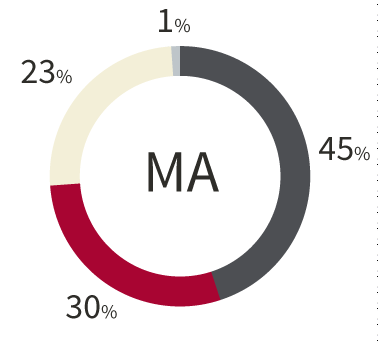Stanford Graduate School of Education enrolled close to 400 graduate students for the 2015-16 school year. About 44 percent are doctoral students; 26 percent are pursuing Master’s degrees in the Stanford Teacher Education Program (STEP); and 30 percent are in the school’s other Master’s programs. The incoming cohort includes students from 25 states and Washington, D.C., as well as 16 countries. What follows is a demographic profile of the new students in the doctoral programs, the Master’s program, and STEP.



Located between San Francisco and San Jose in the heart of Silicon Valley, Stanford University is recognized as one of the world's leading research and teaching institutions.


